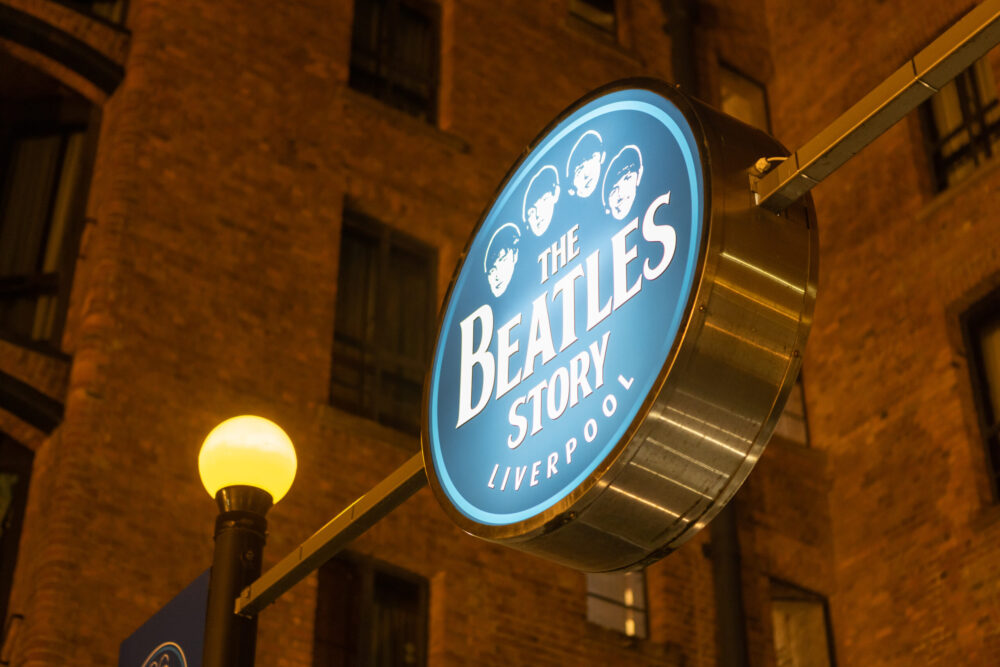
Beatles
New BBC series goes inside National Trust-owned childhood home of Paul McCartney
3 years ago
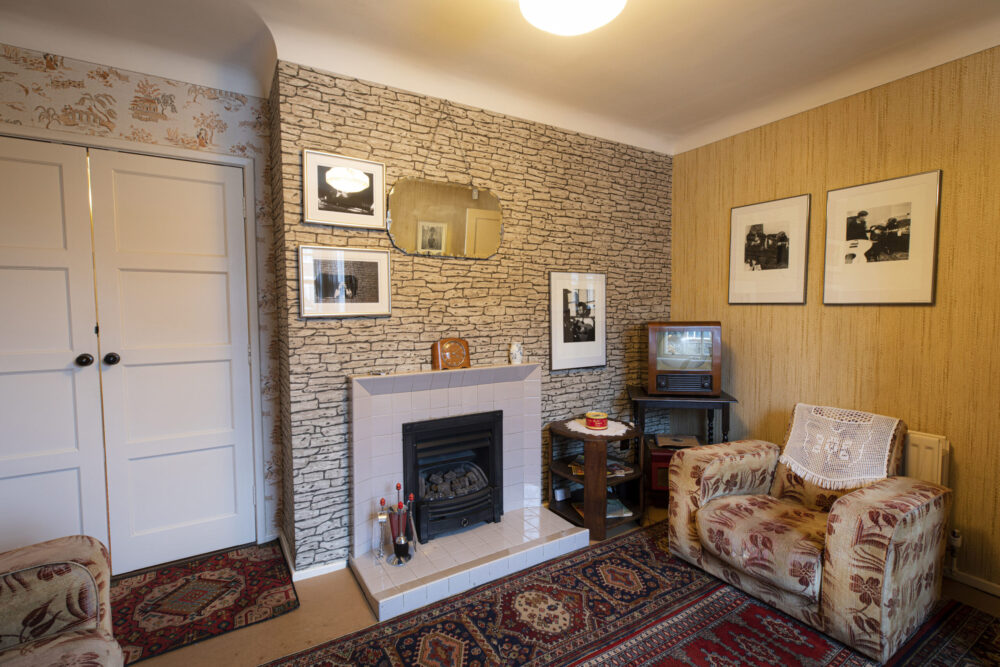
A new BBC series is opening the doors into 20 Forthlin Road in Liverpool.
The childhood home of Paul McCartney will feature in episode three of Hidden Treasures of the National Trust this Friday, as it continues to follow the curators and conservators who breathe new life into the places and objects the charity cares for.
The six-part series explores the extraordinary work they do to look after National Trust venues and collections for future generations – and talks to staff, and volunteers, about their passion for the treasures they help maintain.
Peter Grant is one of four official tour guides at Forthlin Road in Allerton and says: “Each day I go in I pinch myself; this is where Paul McCartney spent his formative years, and from this very building came this incredible talent.
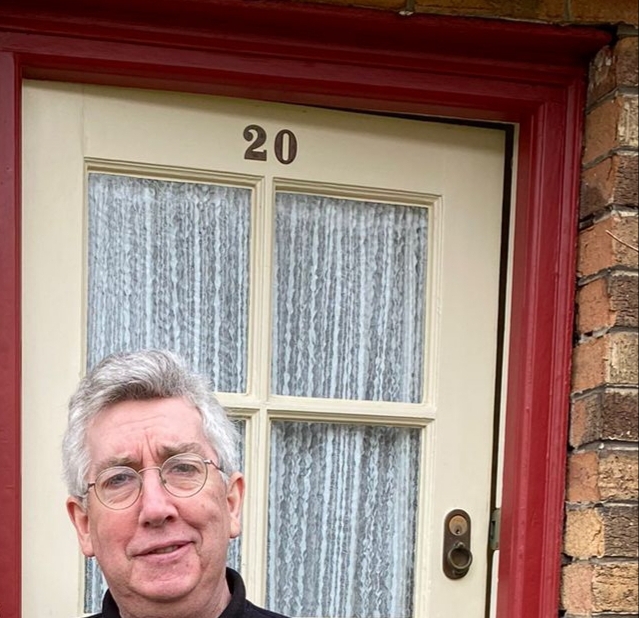
“John Lennon would sag off school and come round and they’d sit in the front room, the dining room as it was then, and rehearse and write.
“It’s not an understatement to say this is birthplace of the Beatles.”
The McCartney family lived there from 1956 until 1964, when Paul bought his father Jim a bungalow in Heswall.
The National Trust has owned it since 1995 and opened it to the public in 1997.
Former Echo journalist and Beatles correspondent Peter has been a tour guide at Forthlin Road and Mendips – John Lennon’s former home – since last year, and it’s clear it’s a job he loves.
“A lot of the neighbours are very proud of the fact that these houses are in their area. It’s a lovely atmosphere when you see the coach parties and the taxis pull up outside, but of course the people in the taxis and the coaches can’t come inside the house.”
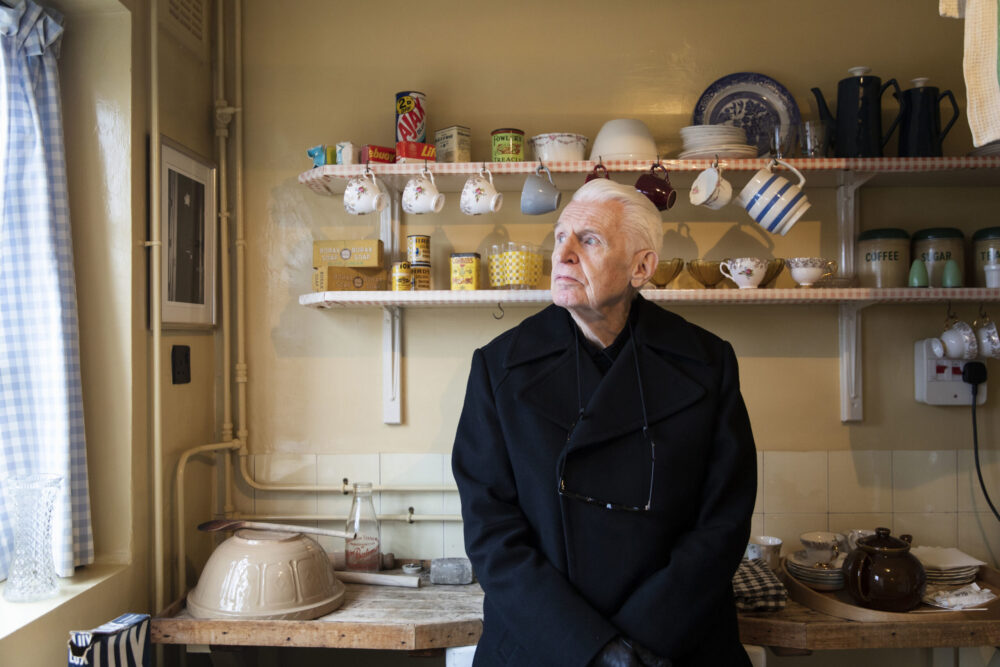
Those who can are the National Trust tourists who board the buses at Speke Hall and South Parkway, with four buses making the pilgrimage every day when the house is open.
“When you think of the National Trust you often think of stately homes, Oliver Cromwell, and Henry VIII, and for the National Trust this was a departure, to do something so contemporary. At the time it had its critics, but now 12,000 people come to see it every year,” explains Peter.
“People come here – and it’s all ages – from all over the world, from America, Canada, and Argentina… some save all their lives to visit.
“It was John Birt, then head of the BBC and a Scouser himself, who saw the For Sale sign going up and thought that’s a house worth getting, for two reasons: one, it was where Lennon and McCartney started their song-writing partnership.
“And two, it’s a great example of post-war housing in Liverpool after the Blitz. That’s why the Trust took it on board because they love that social history side to the sites and buildings they have.”
Peter goes on: “The McCartneys moved in in 1956 and it was their seventh family home. Mary McCartney was a district nurse and a midwife, and this was a step up the ladder, Mary was always trying to improve their standard, to do what was best for her two lads and her husband. Jim McCartney was cotton salesman who was only on £8 a week, so money was tight.
“Sadly, Mary only spent a short time in the house because she died in 1956 from breast cancer. Jim was left to bring up two young boys on his own – Paul was 14 and Mike was 12 – so he asked the aunties and uncles to help out and they didn’t need to be asked twice. That’s the loving McCartney bond.
“I feel that as soon as you walk in, the first thing that hits you is the warmth. I know it sounds corny but when I first came in here I got a huge wave of love, and every day I go in I get that same feeling. There’s something magical about this very ordinary council house, where something spectacular happened.
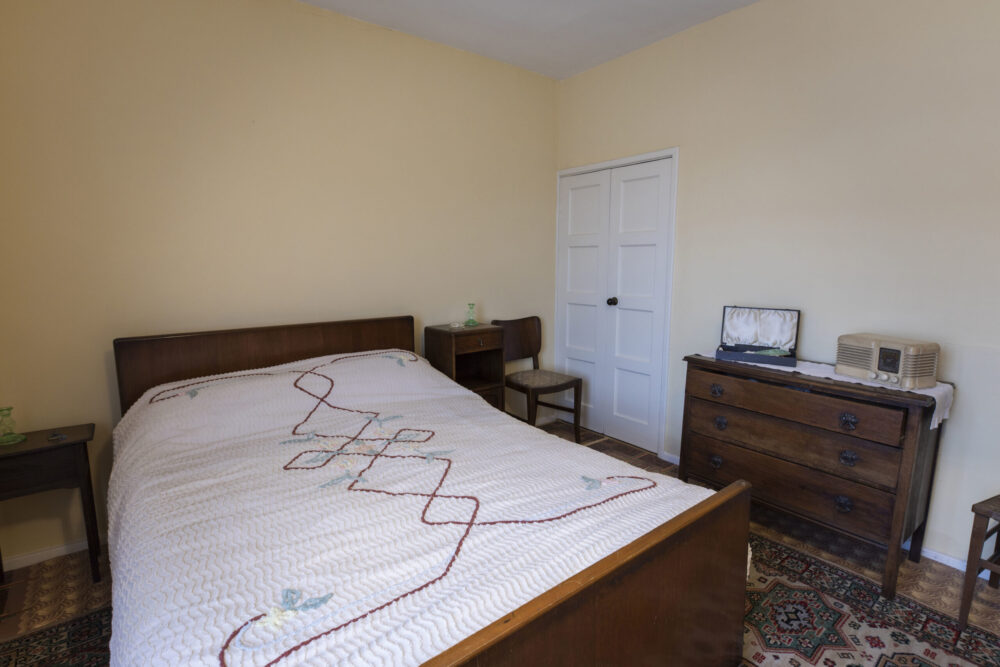
“It’s in the wonderful, welcoming house of Forthlin Road that Jim McCartney let them rehearse; the Quarrymen, the embryonic Beatles, and then Paul and John. It’s in this dining room they wrote She Loves You, Love Me Do, and a song called In Spite of All the Danger, which Paul sang at Glastonbury and where he talked about his affection for this little council house in Liverpool.
“It makes me proud to come from Liverpool … and it always makes me smile when you get grandmothers and mothers coming in who say ‘I had that lino’, ‘I had carpet like that’ and they can relate to it. But they can’t believe how such a small council house could create the talent we had here.
“Mike McCartney, whose photographs adorned the walls, said ‘it’s a house full of hope. We came here with nothing but look what we left with’. Paul was a fully-fledged Beatle when he left.”
In the series viewers get a closer look at the house in which National Trust experts have digitally recreated the brick-styled wallpaper from Sandersons that Mary so loved. For the first time the National Trust has opened up Jim and Mary’s bedroom
And in the toilet – the ‘bog’ – where Paul would go and practice to get the right sound, Peter says: “There used be graffiti on the walls. John Lennon would write something, Paul would add a poem, and they would have doodles. When they moved out of the house the aunties and uncles painted over it but, using X-ray cameras, National Trust experts have found some of the doodles, and so all will be revealed…”
Episode three, which focuses on 20th century treasures, also examines portrait photographer Edward Chambré Hardman’s photo collection, which contains around 100,000 prints and negatives that need cataloguing and cleaning at The Hardman’s House in Liverpool, and the modern art by Anthony Twentyman in need of restoration at Dudmaston Hall in Shropshire.
Hidden Treasures of the National Trust: Friday, May 26 on BBC2 – 9pm.




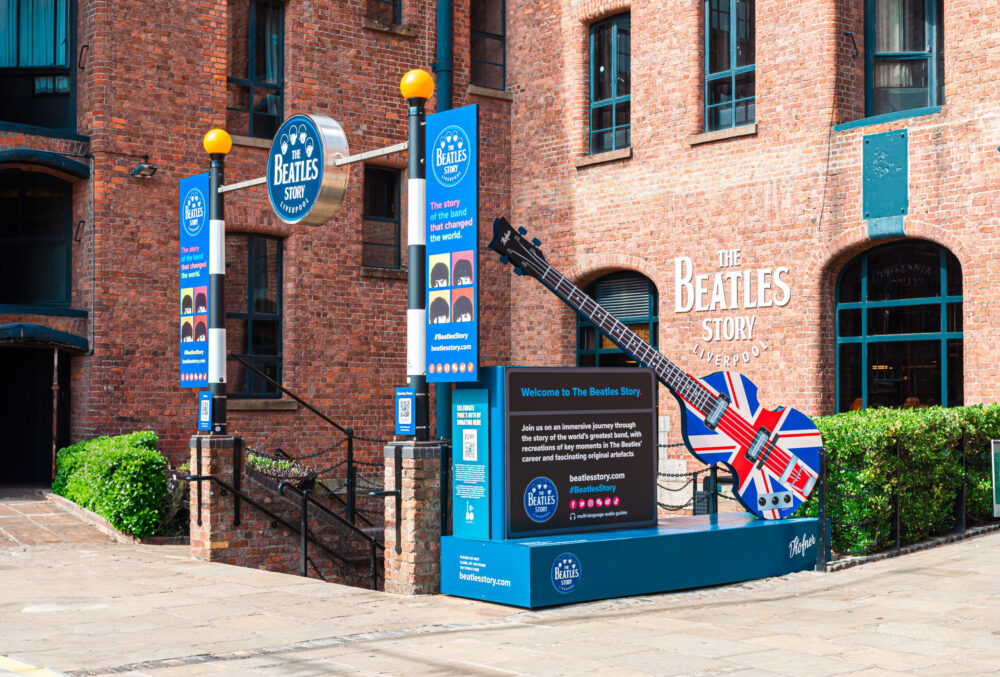
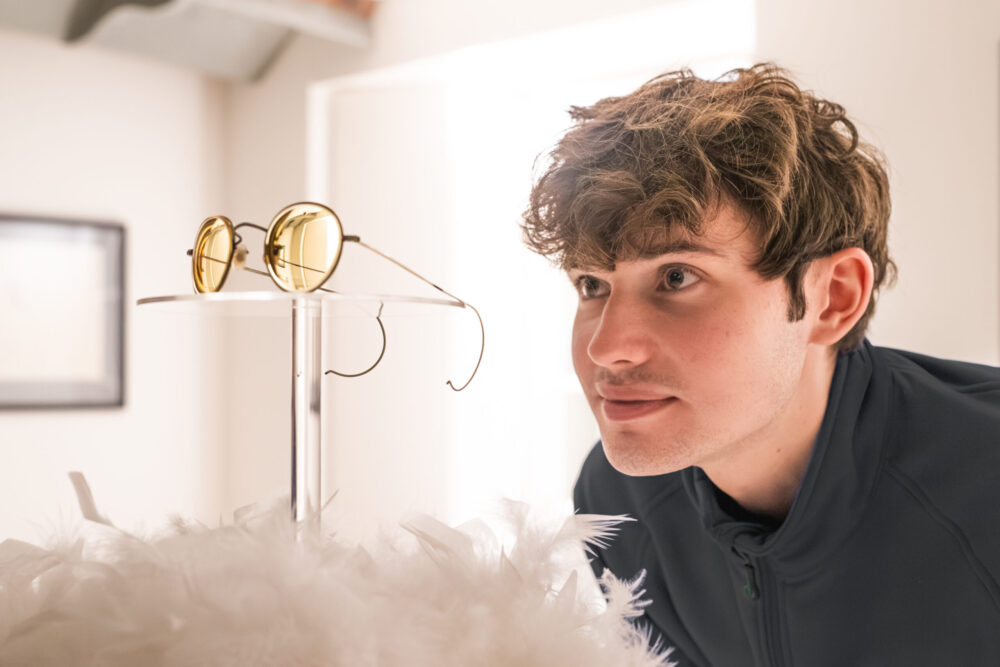
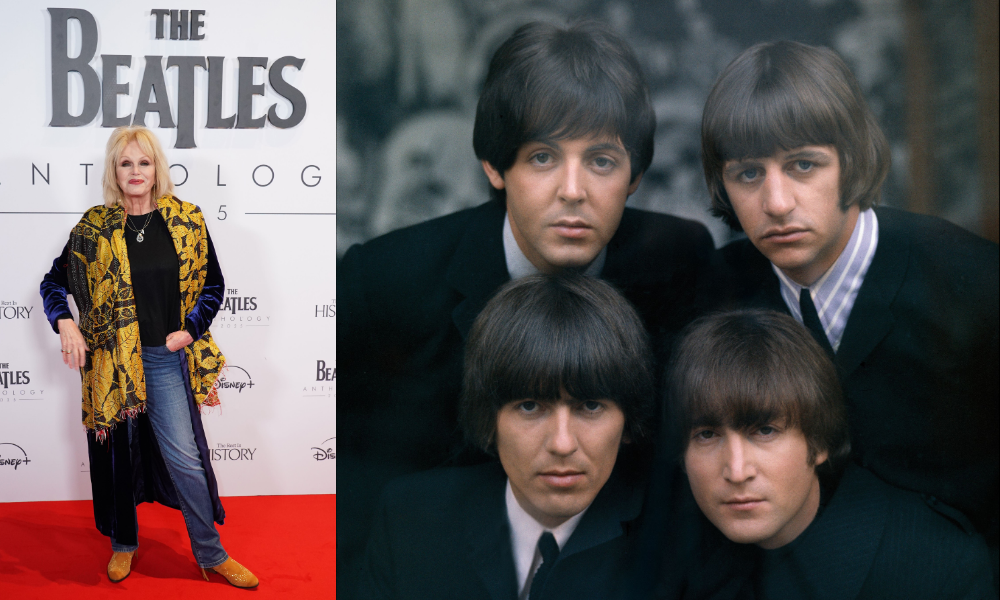
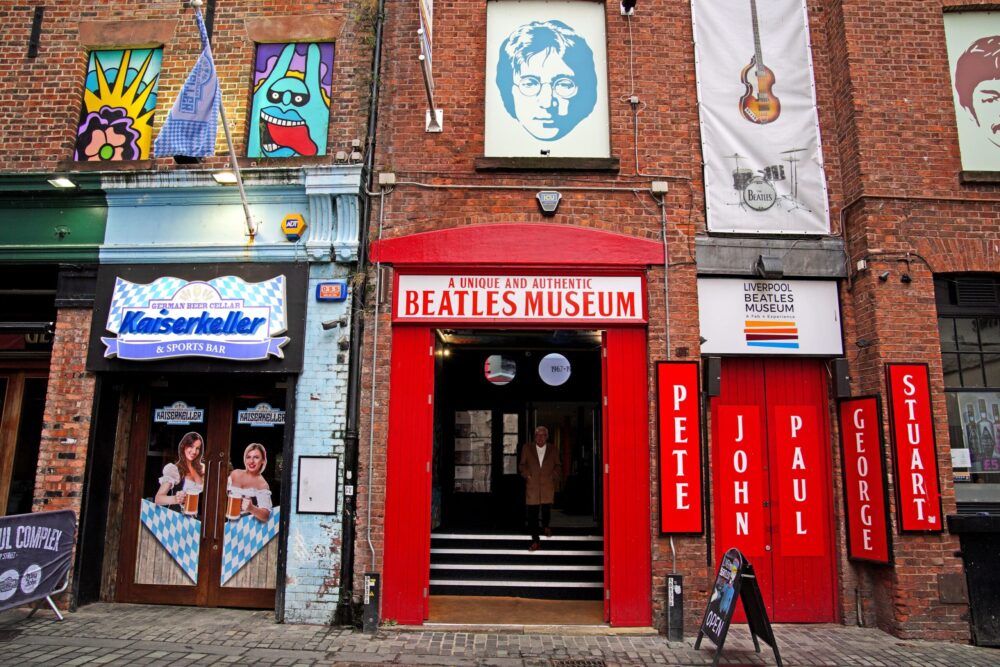
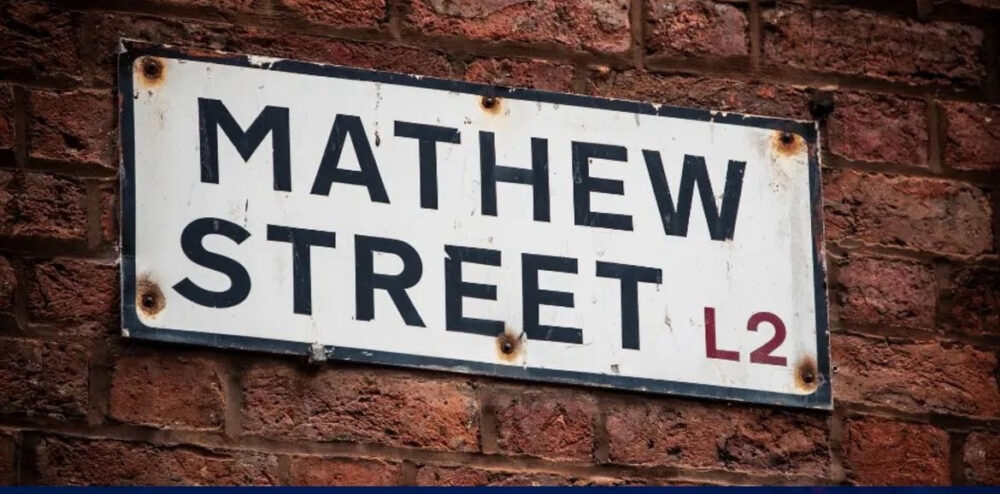
 Subscribe
Subscribe Follow Us
Follow Us Follow Us
Follow Us Follow Us
Follow Us Follow Us
Follow Us Follow Us
Follow Us











